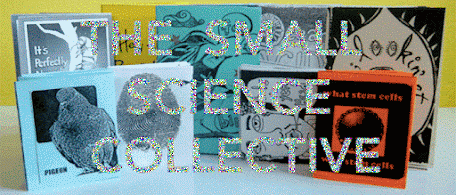The Spotted Lanternfly Invasion
Ten years ago I saw a photo of a peanut-headed lanternfly. I was immediately hooked. Aside from having heads shaped like peanuts, some species have snoots that look like saws, bright red "noses" like clowns, and spotted or colorful wings. There are over 700 species of lanternflies (Fulgoridae) living all over East Asia, and each is dazzling or oddly beautiful in its own way.
Top: Fulgora laternaria photographed by Notafly, 2nd from top: Cathedra serrata photographed by Bernard DUPONT, 3rd from top: Pyrops candelaria Pixabay, bottom: Pyrops pyrorhyncha photographed by by Zailani Abd. Rahman/pexels,
More recently though, some lanternflies been an unwelcome visitor in the US. In 2012, spotted lanternflies arrived in the US. What started as a handful of spotted lantern flies—suspected of arriving via shipping containers—their range has spread to 14 states as of late 2023, making it an invasive species. The poor, cute red-polka dotted lanternflies know not what they do… but to save native US plants from being destroyed, we must destroy the lanternflies.
To help you to recognize the beautiful polka dotted pattern of the spotted lanternflies Eurasian Boar has made this zine, “The Life of a Spotted Lanternfly,” (available to download and print here.) Each page pictures a different life stage of the spotted lantern fly, from egg, to adult, to (ideally) smooshed.


Yes, that’s what US scientists actually recommend. Swiftly snuff out the life of any you see—stomp, smash, slap, your choice—unless you’re in China, India, or Vietnam where they are native. (Is having people kill them working? That’s another question.)
If you’re in a state that the lantern fly has not yet reached there are often critical “first alter” websites to report sightings (ex. my local Wisconsin reporting site). Distributed materials like posters, stickers, and this zine can help everyday people notice and understand the importance of recognizing, killing, and reporting these bugs. In some places, scientists are also encouraging everyday people (citizen scientists) to catch live lanternflies and mail them in to hasten research and to create a collection of their DNA and track their evolution over time.
Also, since you, dear reader, appear to like zines, maybe you also like origami. Check out these printable oragami templates by Purdue University Extension and the Massachusetts Department of Agricultural Resources. Each spotted lanternflies' life stages (instars) has a different template--watch this how-to video of how to fold them.
Folded origami spotted lanternflies (left) and adult template (right)
Creating origami lanternflies can help you remember how to identify them as you careful fold and notice the pattern of markings other body. As well as reading, printing, and distributing Eurasian Boar’s fantastic zine.









